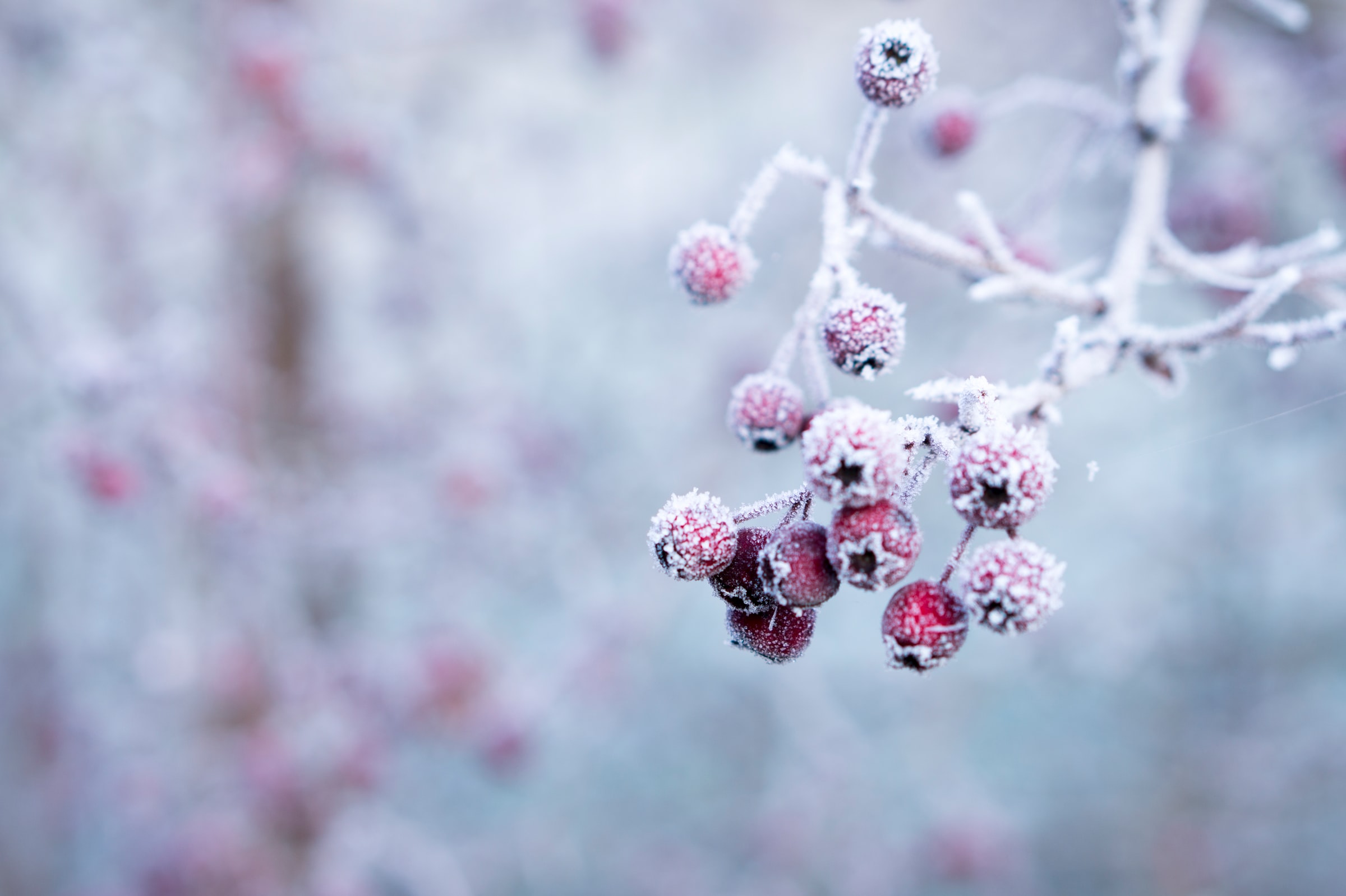Why winter is the perfect time to work on your garden

There’s a temptation in the winter months to draw the curtains and pretend the great outdoors doesn’t exist. When it’s dark for 16 hours a day, and icicles are hanging from tree branches, it’s easy to focus on box sets and books rather than branches and buds. Yet winter is often the ideal time to work on your garden – replacing the old and preparing the new, so it can flourish and prosper in spring.
Whether you’ve got a sprawling plot or a small yard, this is how to use the winter months to best effect…
- Planning
Firstly, think about how you used outside space this year, and what would encourage you to spend more time outdoors next year. With spas and gyms closed, hot tub sales increased almost 1100% during April’s lockdown compared to the same period in 2019. If you’d like to buy one next year, now’s the time to consider issues like excavating a level piece of land, or installing power and water supplies.
Similarly, if you tend to migrate to one sunny corner of your garden, winter is a great time to design and price up a patio or decking area. Landscape gardening firms will be quieter than in the summer months, while sales of outdoor furniture and landscaping equipment are common at this time of year as garden centres and stockists try to clear 2020 product ranges. The same may be true for kids’ climbing frames and large outdoor equipment like slides.
- Stripping out
Cutting back perennials and pulling out dead shrubs might free up space in a flower bed for new plants in the spring. Try to learn lessons from dead plants – if a beloved Japanese Acer died of windburn, does this spot need hardier perennials or additional shelter? Fruit trees benefit from a trim while they’re dormant, removing the weaker of any rubbing branches and cutting out dead or diseased wood.
Winter is a good time to clean out greenhouses and sheds and pressure-washing flagstones and paths once fallen leaves have been swept up. Study your lawn for signs of encroaching moss or other competitors, and respond with weedkiller or moss treatments. Raking your lawn could remove the need to sow grass seed or lay turf next spring.
- Preparing
Many people used the 2020 lockdowns to paint their fences, with pastel green and grey shades hugely popular. Consider spending winter weekends creosoting sheds, stabilising wobbly climbing frames and replacing broken or worn gardening implements. Blunt tools can cause rough cuts that may allow viral or bacterial pests to penetrate stalks and stems of valued plants. Cleaning and oiling newer tools should additionally serve to reduce rust, preserving their lifespan.
January is a great time to order fruit and veg seeds, ready for each one’s optimal planting period. Winter is also the best time to install bare-root plants like hedges, fruit trees and rose bushes, which will generally take to new soil better than potted plants.
- Soil maintenance
Drainage channels can hugely improve the clay soils commonly found across central Scotland. They allow air and water to reach deeper roots, rather than being trapped on the surface and potentially drowning plants. Add nutrients like compost, manure and slow-release plant food, giving microorganisms time to multiply ready for the spring growth season. Similarly, covering allotment plots or veg beds with weighted-down fabric, bubble wrap or cardboard will prevent essential nutrients being whipped away in high winds.
Back to Latest Posts




